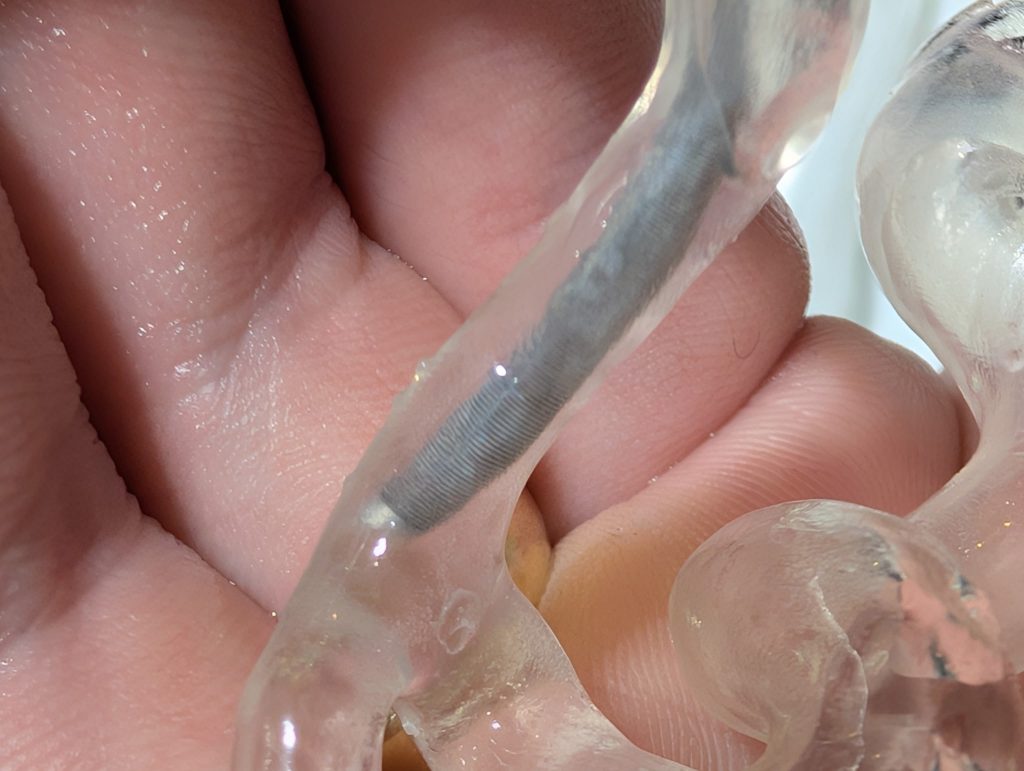Your cart is currently empty!

Vascular flow models have a pivotal and irreplaceable role in the advancement of endovascular procedures for our community of healthcare professionals.
Developers of vascular flow models face many challenges including optimizing for size, weight, setup, cost, ease of use, and accuracy.
Physicians have limited time for practice, and medical device representatives have limited time to demonstrate their products. The responsibility falls on medical device companies to have succinct demonstrations that maximize learning.
Why are these still challenges?
The answer is simple- improving and optimizing vascular flow simulators is a complicated engineering and technological feat.
Materials
The vessels need to be clear, flexible, sturdy (to weather the wear and tear of multiple training attempts), and accurate, which limits manufacturers to a narrow set of materials like silicone and resin. This also limits the production method to 3D printing for accuracy and precision purposes.
CUSTOMIZABILITY
There is a high demand for patient-specific anatomical models for education and training needs. The models need to be customizable and/or patient-specific – simply producing large quantities of standardized textbook-anatomy models will not satisfy this requirement.
Time
It can take many hours to print a single model, even using the most sophisticated, cutting-edge printers. When manufacturing vascular models, the prints frequently fail and require an extensive trial and error process to achieve the desired final product. After the actual printing process, the models need to be cured. Finally, they must be thoroughly tested to ensure there are no leaks, aberrations, or other abnormalities that would impact quality.
At Vascular Flow Models, we are tackling these challenges to bring you innovative products that are compact (can fit into a backpack or carry-on), easy to set up (seconds not minutes), and fully customizable (including the entry and exit valve locations). After numerous iterations, ideation, and testing, we have developed a process that optimizes for all these challenges. By using resin instead of silicone, we have reduced the time and materials needed for production without compromising quality. Through precise design adjustments, we’ve developed a compact design that packs a punch into as little space as possible. And by prioritizing anatomical accuracy, we’ve created an end-to-end process that can adapt to any level of customization. Because of all these innovations, we are able to keep the costs low and pass the savings on to you, our clients. Our price match guarantees that you’ll maximize the runway of your budget.
And we don’t stop there. We are constantly refining our processes, testing new designs, and working with various medical institutions and professionals to elevate your medical practice with 3D printing. If you’d like to work with us, contact us today!
Leave a Reply